|
Posted: April 19th, 2002
Written by: Tuan Huynh
Features Continued..
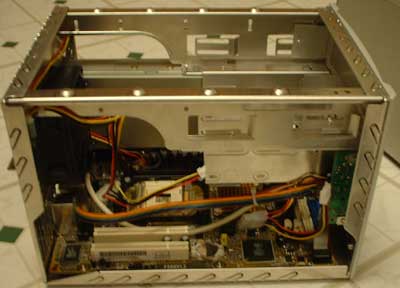
Cracking open the case you’ll find that Shuttle has done a neat job of packing everything inside, making it an efficient design. The processor socket is located towards the middle below the drive bays to provide an efficient cooling solution. This time around you’ll find 2, not just 1 PCI compared to the SV24. This allows more options for expansion.
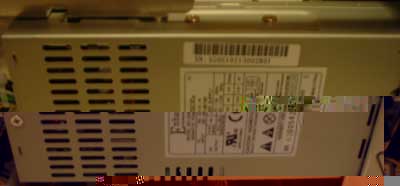
Mounted sideways is an SFX power supply made by Enhance, I’ve never really heard of the brand, but the PSU is working fine thus far.
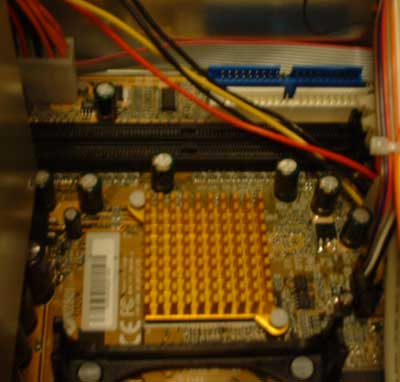
Looking further inside, you’ll see that the SS50, much like the SV24, has 2 DIMM slots for PC1600, PC2100, and PC2700 memory as well. Due to the positioning of the DIMM slots, installing memory can be a pain once everything is in place already. Atop the North Bridge, you’ll see an orange passive heat sink sitting on the SiS650 chipset.
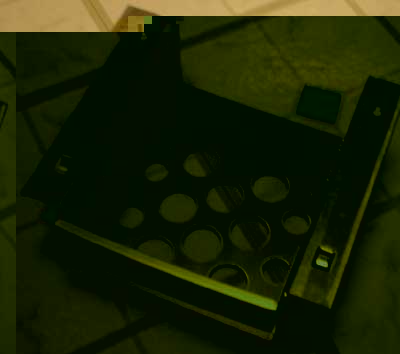
The hard drive rack in the SS50 is remove-able via two screws, this makes installing a hard drive and floppy drive much simpler.

Included in the package is a heatsink with aluminum fins, a copper core, and a 70MM fan. This heatsink design looks much like a low profile version of Arkua’s line of heatsinks. Nonetheless the heatsink does a good job keeping the processor cool.
The motherboard
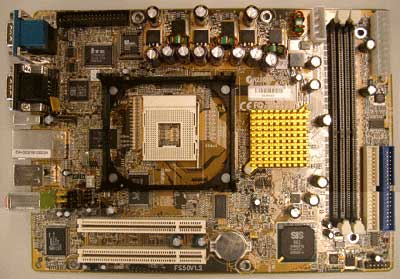
The board used in the SS50 is Shuttle’s very own FS50 motherboard designed specifically for the SS50. Unlike its FV24 predecessor, the FS50 will not be available separately, so there will be no clones of the SS50 made by other manufacturers who just use the Shuttle board. The FS50 is based on the relatively small and space conserving Flex ATX form factor designed for small form factor PC’s.
Under the north bridge heatsink, you’ll find that the FS50 uses a SiS650 chipset that is a mix of the SiS645 and SiS315 graphics core designed for SMA. Improving upon the FV24/25, the FS50 has 2 normal PCI slots, compared to the FV24/25 which had only 1 PCI slot and required a PCI riser. The board supports up to a max of 2 GB of DDR ram, but in reality you’d most likely max out with 1 GB with 2 512 MB sticks.
For the integrated devices, the FS50 uses a C-Media CMI8738 for audio, but the board only supports 3 Audio Input/Outputs adjustable via the audio control panel. The board also features a few extra headers for S/PIDF output that can be hacked into the FS50 with simple soldering skills. For Firewire, the FS50 utilizes an Agere Firewire controller which has become quite popular among integration. As for Ethernet, the FS50 integrates a Realtek 10/100 controller which is very good controller and is very compatible with altesnative OS’s.
Next Page
|
|